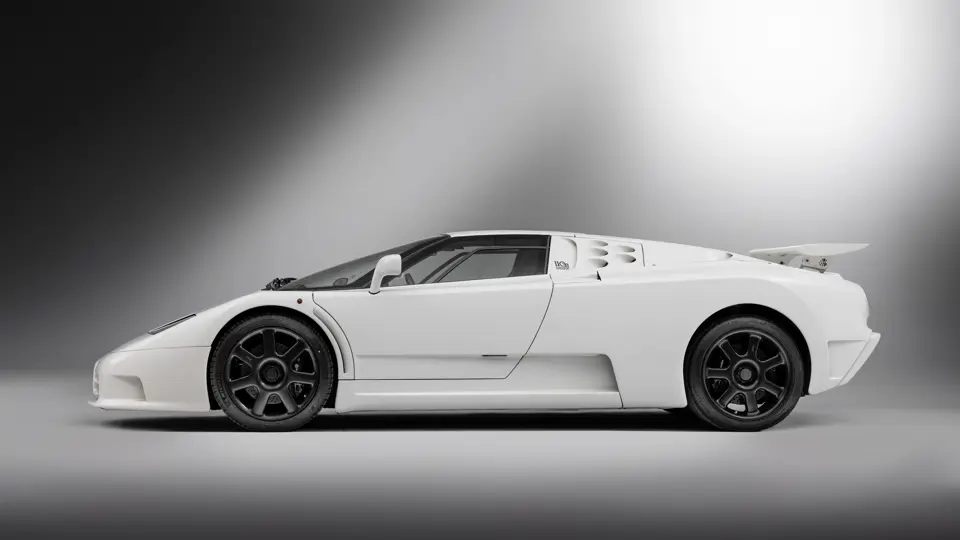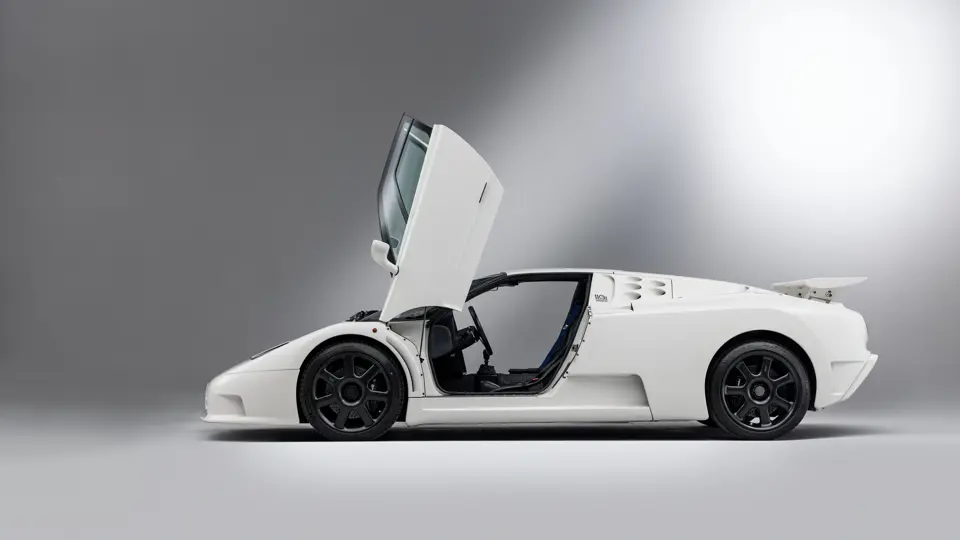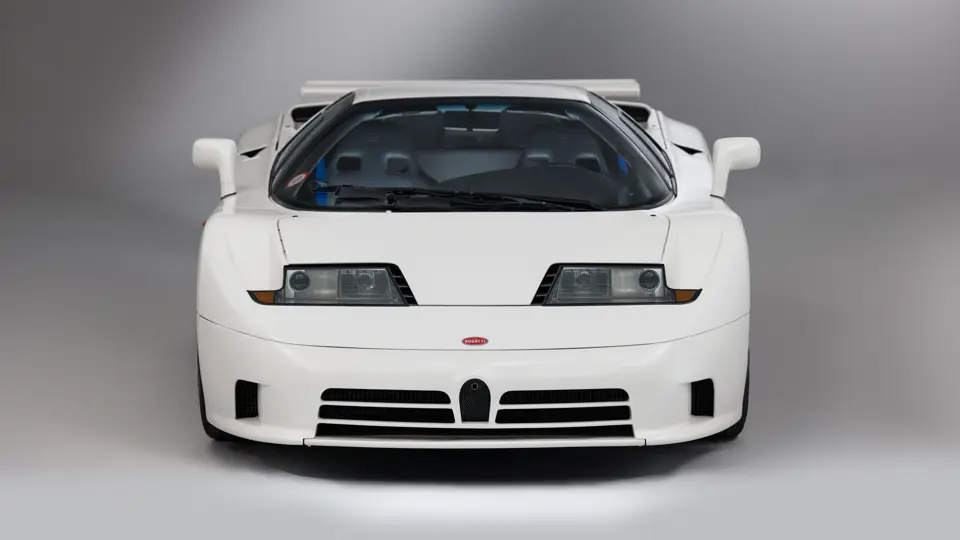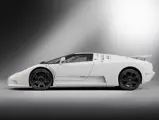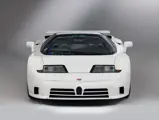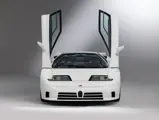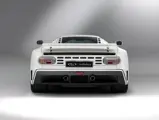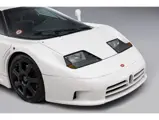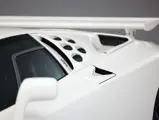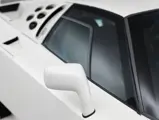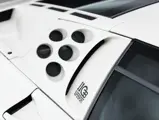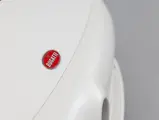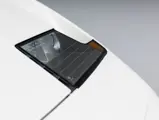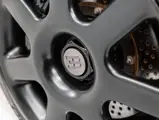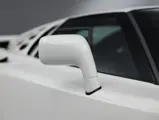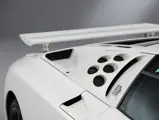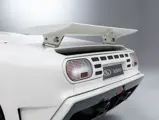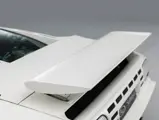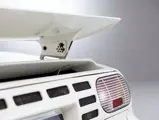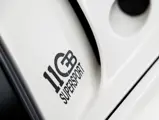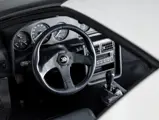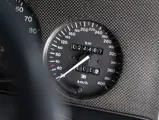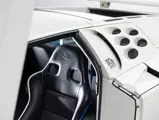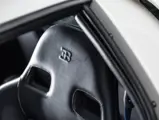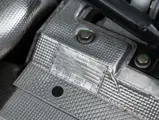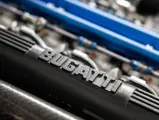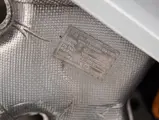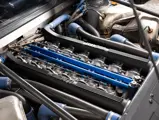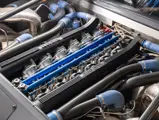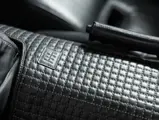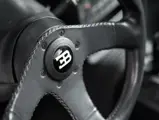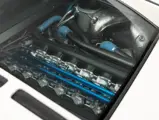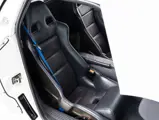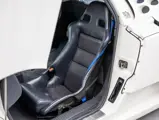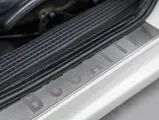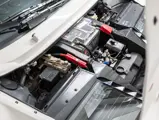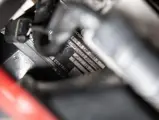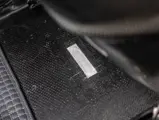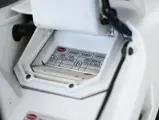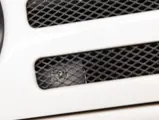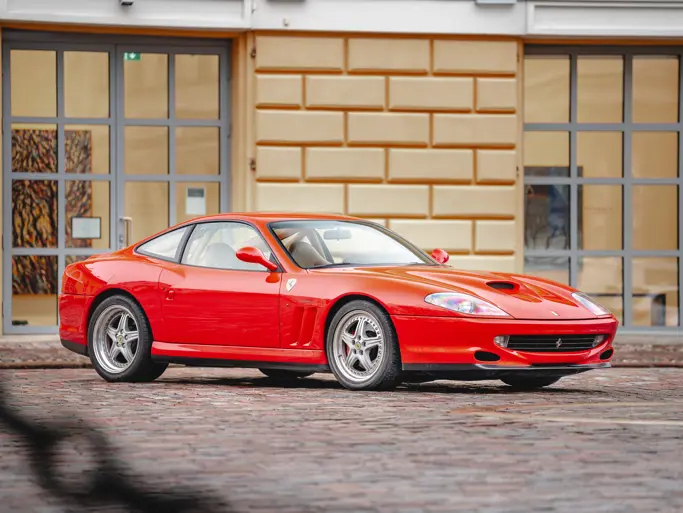
1994 Bugatti EB110 Super Sport
{{lr.item.text}}
$2,500,000 - $3,250,000 USD | Not Sold
{{bidding.lot.reserveStatusFormatted}}
- One of 30 Super Sports built and one of just two examples finished in Bianco Monaco
- European-specified example currently displaying 24,467 kilometers (15,203 miles) at the time of cataloguing
- Emerging from 11 years of fastidious care by a single British caretaker
- Originally delivered to Monaco
- Groundbreaking performance metrics of 0–60 in just 3.2 seconds and a top speed of 216 mph
- Beautifully maintained example of the most highly developed variant of the Italian Bugatti
Please also note that an import duty of 2.5% of the purchase price is payable on this lot if the buyer is a resident of the United States.
IF YOU BUILD IT, THEY WILL COME
Resuscitating a dormant legendary marque is one of the most difficult pursuits in the automotive sector. Yet despite the inherent difficulty of these ventures, the cars created under such circumstances have proven to be some of the most beguiling—indelibly unique thanks to their ephemeral blueprint.
Such was the case when one Romano Artioli acquired the trademarks to the hallowed Bugatti in the late 1980s with plans to manufacture a world-class supercar under the identity of one of Europe’s most celebrated prewar manufacturers. The Italian Bugatti’s core product—the explosively powerful and aesthetically arresting EB110—is justifiably regarded as a worthy successor to such classic prewar Bugatti models as the Type 35, Type 46, and Type 57 SC.
Commemorating the 110th anniversary of Ettore Bugatti’s birth, the EB110 was built on a chassis originally conceived in aluminum by the great Paolo Stanzani, and later reimagined in carbon fiber by Nicola Materazzi, the former chief engineer of the Ferrari F40. Carbon fiber has since become an industry standard in the build of modern supercars, highlighting just how ahead of its time the EB110 was.
It is furthermore notable that construction of the advanced carbon-fiber frame was contracted to the French aerospace concern Aérospatiale, ensuring the levels of tolerance and quality control for which the aviation industry is renowned. This chassis was clothed in striking bodywork that had been developed from a concept design by the legendary stylist Marcello Gandini and reimagined in production form with refinements by Giampaolo Benedini.
The EB110’s motive power came from a distinctive 3.5-liter quad-turbocharged 60-valve V-12 engine mated to a six-speed manual transmission. A finely tuned all-wheel drive system, yet another foreshadowing of today’s supercar technology, helped tame the V-12’s 553 horsepower while ensuring that the EB110 would be as tractable as it was trackable. The proprietary engine was capable of launching the EB110 from 0 to 60 mph in just 4.4 seconds, with a top speed of 212 mph. The motor racing legend Phil Hill gushed after testing the model for Road & Track, “You can cruise at over 200 mph like you’re on an ordinary road. It’s just an outstanding car.”
At the 1992 Geneva Salon, just six months after the EB110 GT was launched, Bugatti announced the production of an even more advanced variant to be known as the Super Sport. The updated engine was re-tuned with new electronic management, larger fuel injectors, and a more free-flowing exhaust system, netting a gain of an additional 53 horsepower for a new maximum of 603 horsepower. Some of the aluminum panels were replaced with carbon-fiber pieces to shave weight. These measures contributed to improved performance, as the car now rocketed to 60 mph from a standstill in just 3.2 seconds, with a blistering top speed of 216 mph.
Following Bugatti Automobili’s unfortunate collapse in 1995, triggered by the decade’s notorious burst of the supercar bubble, Jochen Dauer briefly assumed production. In total just 139 examples of the EB110 were built, including only 30 Super Sport examples. They remain the cream of Romano Artioli’s unforgettable vintage, and the apogee of a short-lived but wildly successful dream.
ONE OF TWO FOR MONACO
Benefitting from a short ownership chain and a life of modest driving use, this rare EB110 Super Sport is a striking example of the highly admired 1990s Bugatti model. According to a history report by the respected EB110 historian Johann Petit, chassis number 39027 was ordered in late 1994 via Monte Carlo Royal Motors, an authorized Bugatti dealership in Monaco, that elegant automotive mecca renowned for grand prix racing and the exquisite Côte d’Azur. The EB110 was factory-finished in Bianco Monaco paintwork over an Ink Black leather interior, and the car is one of just two that were originally finished in this arresting color.
The carbon composite chassis number 124 was fabricated by Composite Aquitaine in December 1994, and final construction of the Super Sport was completed in early 1995. The car bears a couple of unique features in addition to its rare paint color, namely a GT-style front bumper without aerodynamic mustaches at the bottom, and a B110-coded GT-block engine that was factory-tuned for improved performance (reportedly developing 680 horsepower, far more than a standard Super Sport).
In April 1995 the Bugatti was delivered to Monte Carlo Royal Motors and displayed on the dealer’s showroom floor. A chapter as an exhibition car began with presentation at the Italia a Zandvoort meeting in The Netherlands in June 1995.
During the factory liquidation sale that soon transpired per the terms of Bugatti Automobili’s insolvency, 39027 became one of several cars acquired by marque enthusiast Gildo Pallanca Pastor. This owner was a Monegasque businessman and racing privateer who used an EB110 Super Sport to set an ice-speed world record, and to participate in IMSA and BPR series competition. The EB110 was then stored in the workshop of the Monaco Racing Team in the Fontvieille district, and it was occasionally displayed in the front showroom alongside several important Super Sport prototypes, while remaining unregistered.
By early 2012 the Bugatti had been sold to a Monaco-based enthusiast who registered the car with tags reading “B110,” in obvious homage to the engine type. In March 2012, the EB110 was purchased by the consignor, a highly respected collector based in Great Britain. Around this time the car was serviced by B-Engineering, the licensed rights holder for EB110 production and maintenance, and the opportunity was taken to repaint the seven-spoke wheels in black. Imported to England, the Bugatti was exhibited at events, including the Supercar of London meeting and the Tour d’Elegance de Salon Privé.
Displaying 24,467 kilometers (15,203 miles) at the time of cataloguing, this Super Sport has enjoyed a life of moderate use, and it continues to drive and present wonderfully. The consignor has occasionally entrusted the car to local specialists for bouts of minor maintenance, including a re-coring of the radiator by the esteemed Joe Macari in June 2018, and a fluid service by marque dealership Bugatti of London in September 2022, during which several small issues were addressed, including a recharge of the air conditioner and replacement of the rear brake hoses.
As one of only two examples finished in Bianco Monaco, and as one of 30 cars featuring the ultimate mechanical specification of the EB110 platform, this unique Super Sport is undoubtedly one of the finest examples of the 1990s Italian Bugatti, offering the finest pairing of 1990s supercar build and the brilliance of Molsheim’s legend—the living embodiment of Romano Artioli’s remarkable dream.

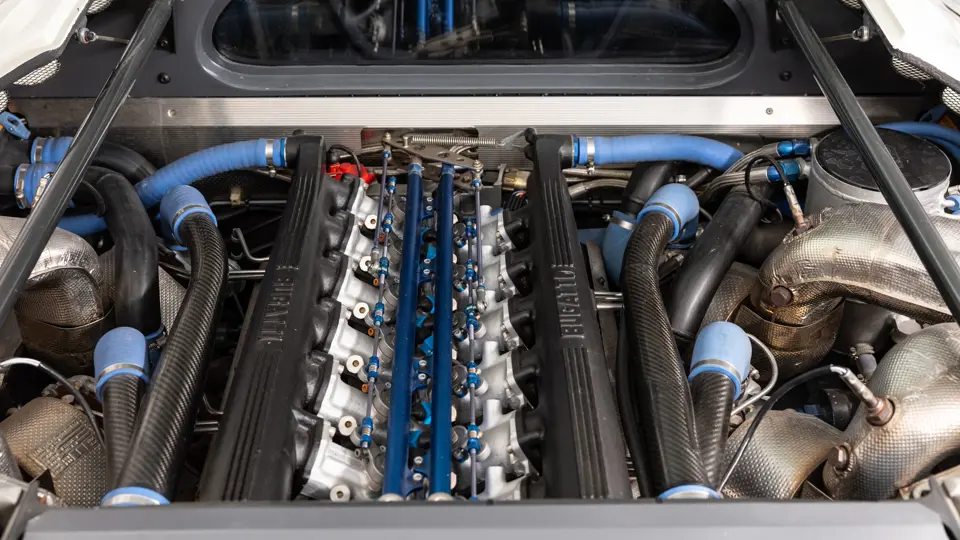
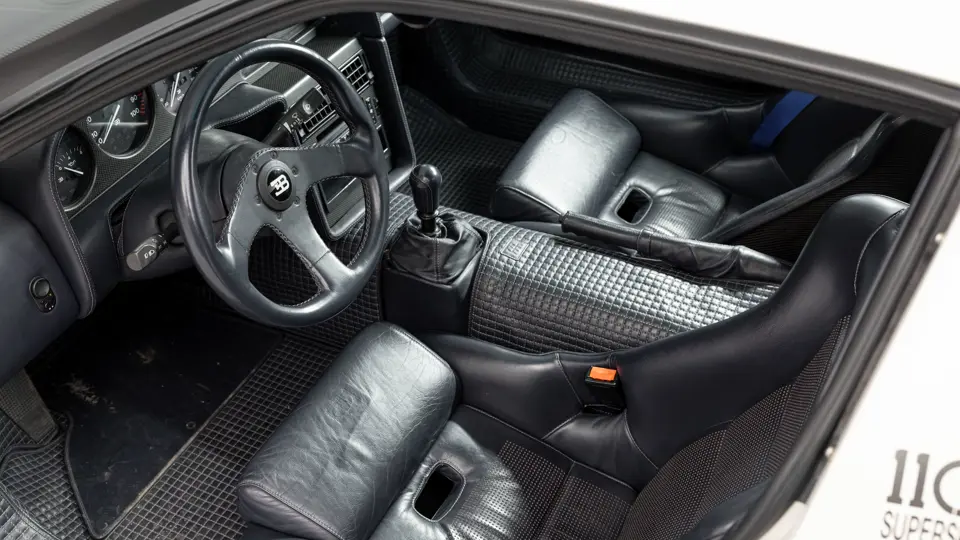

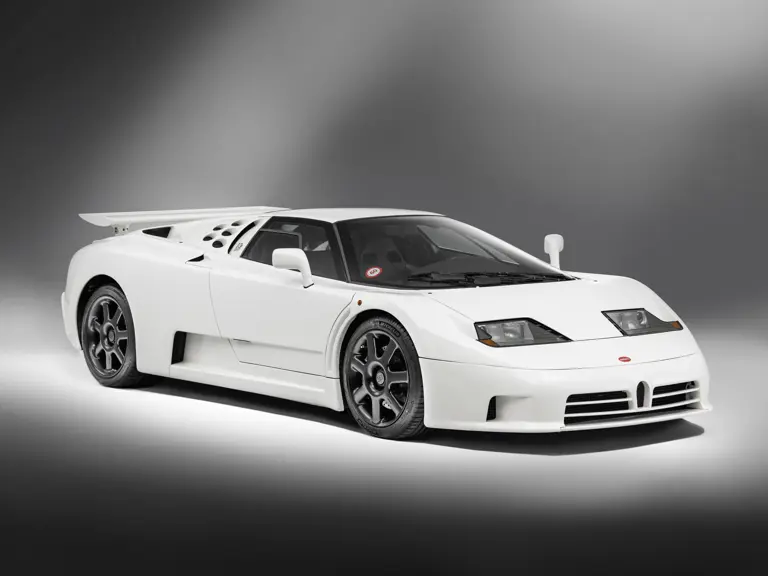

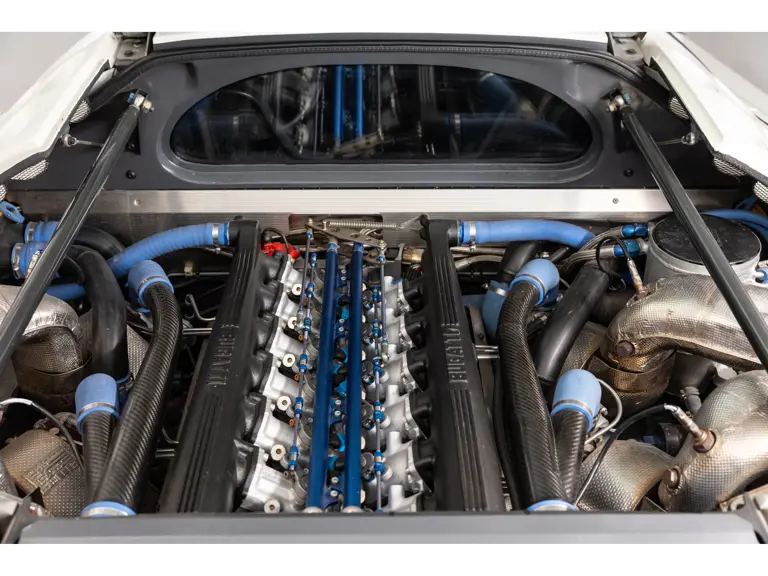

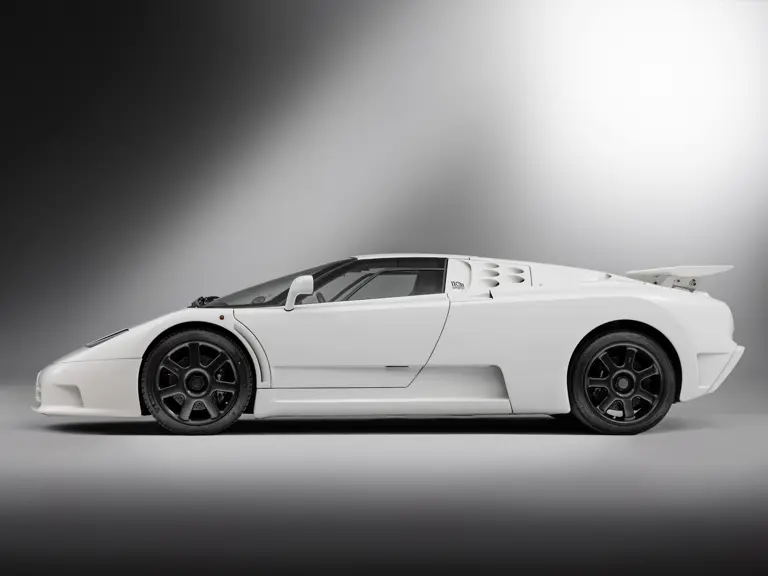
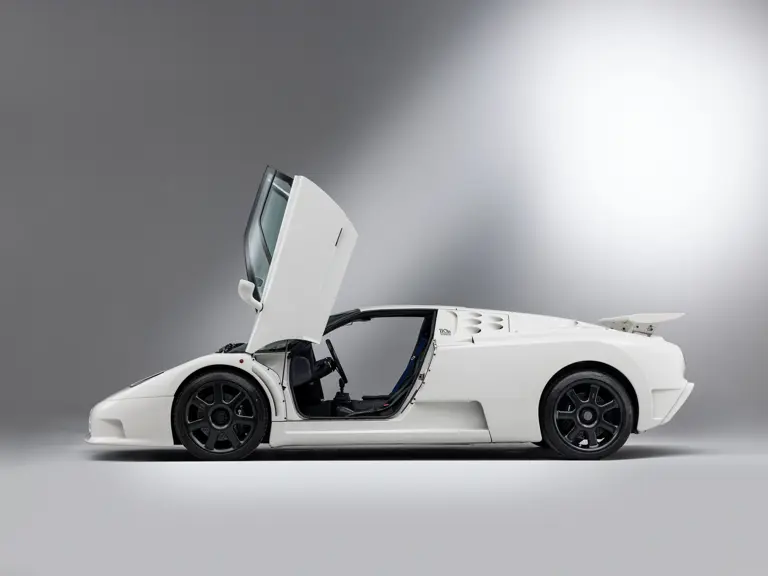
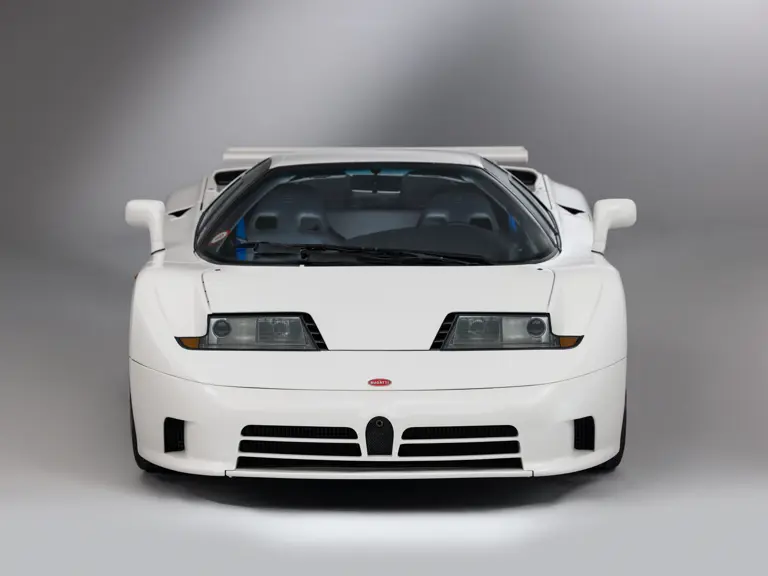
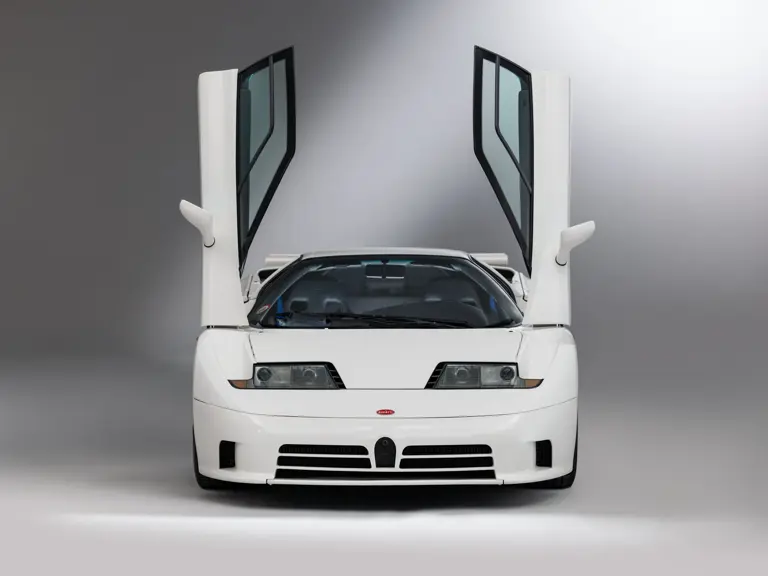
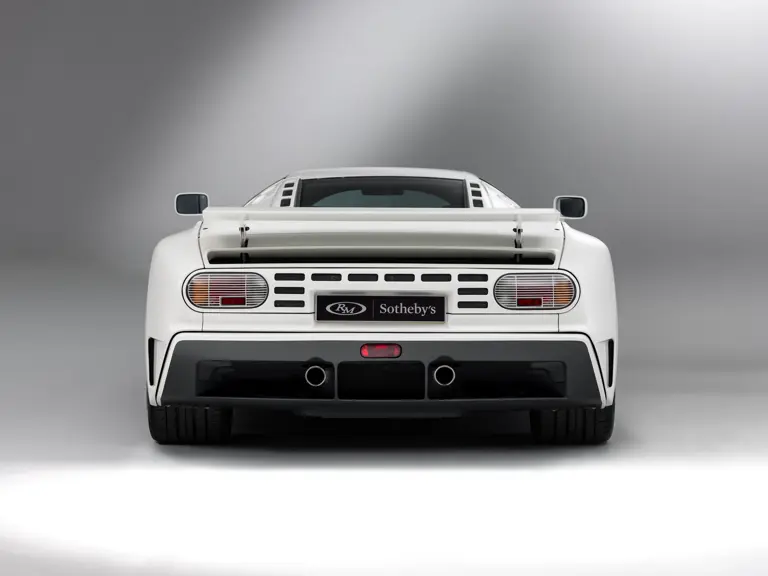
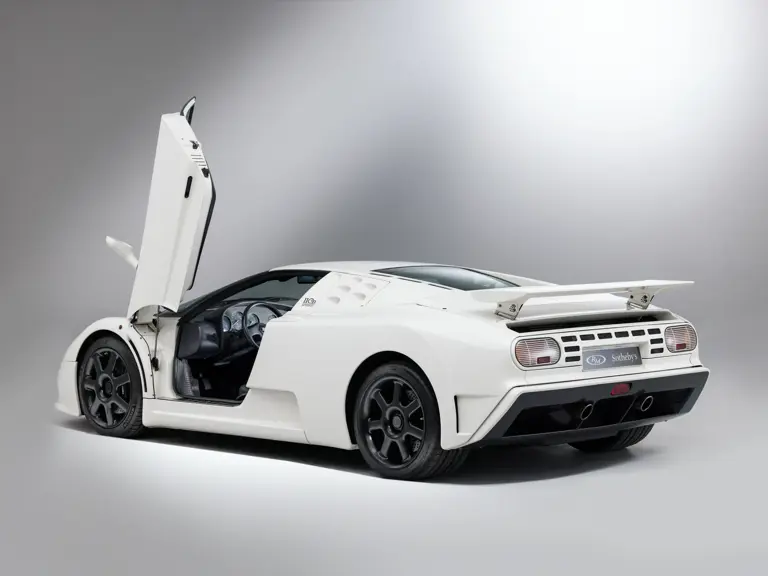
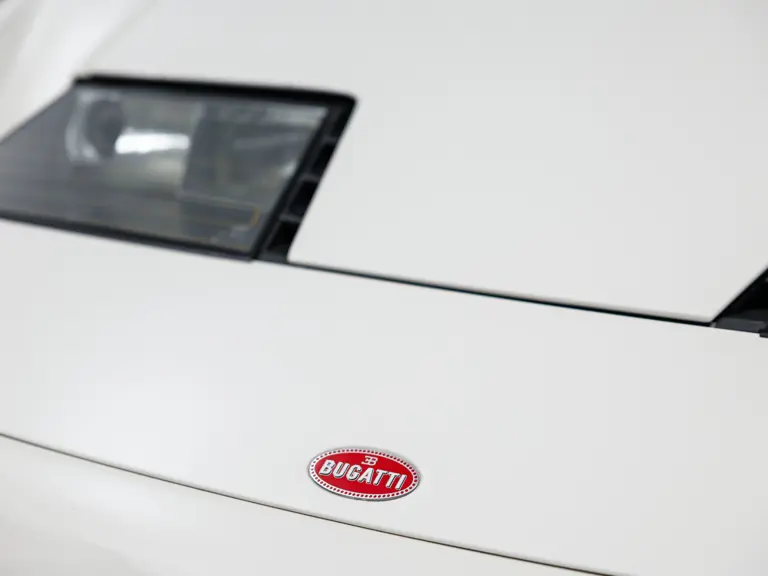
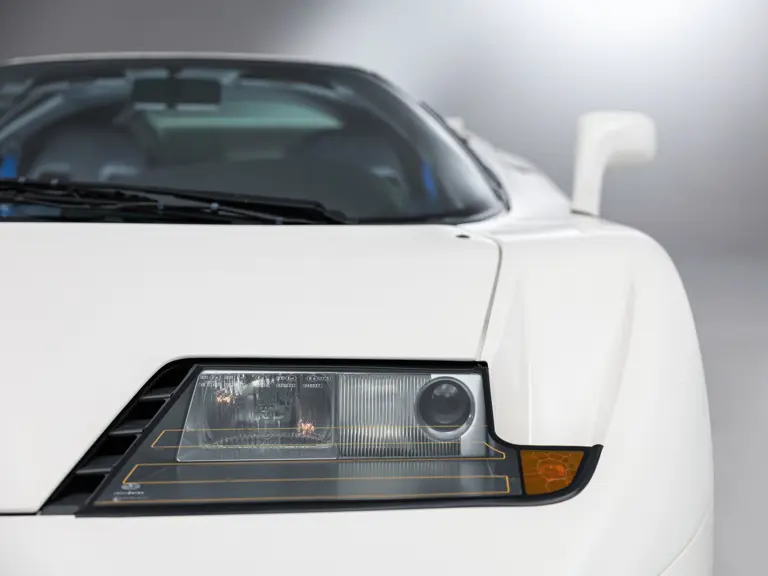
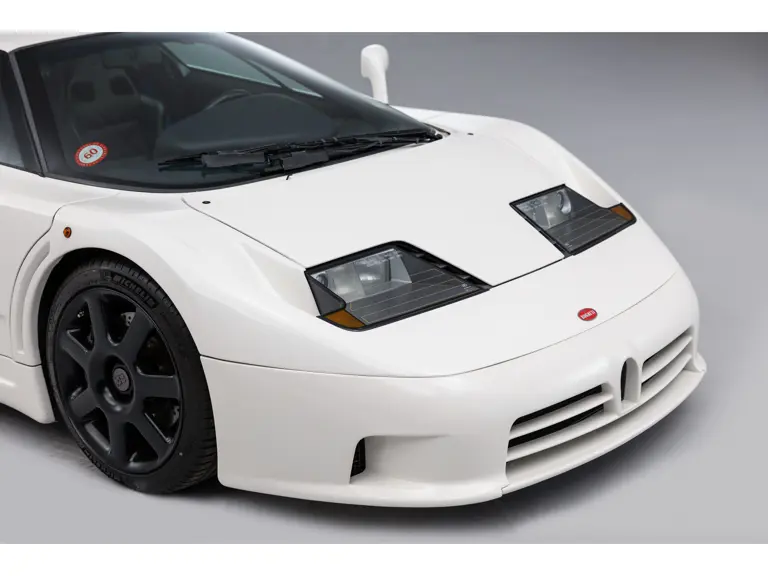
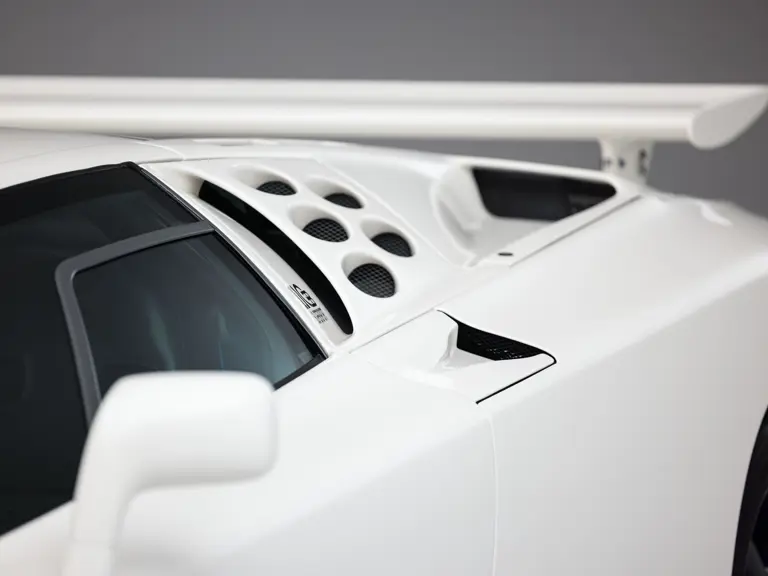
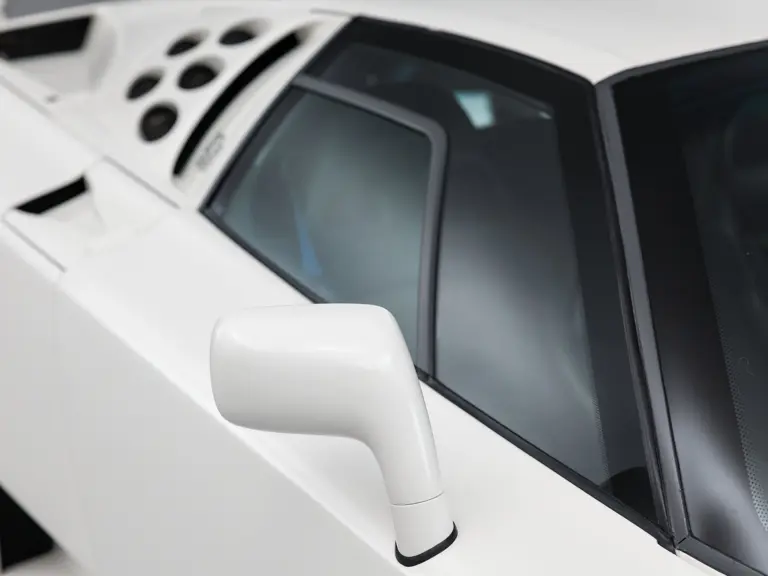

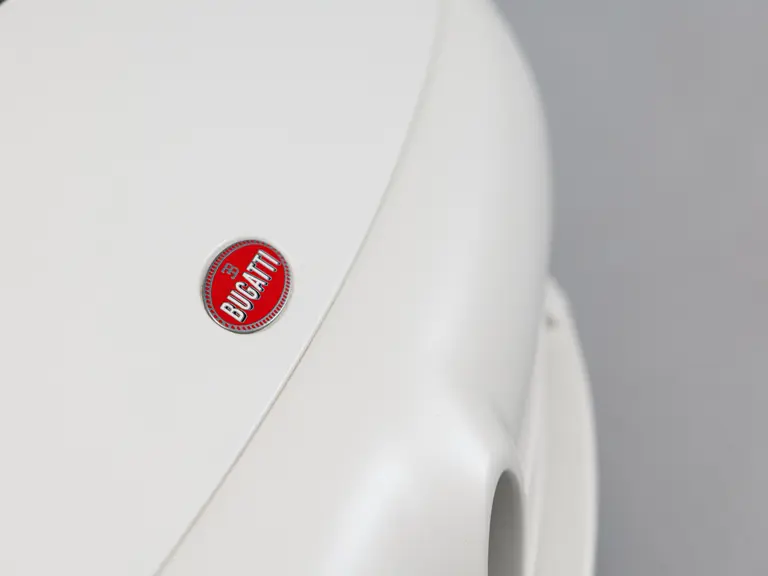
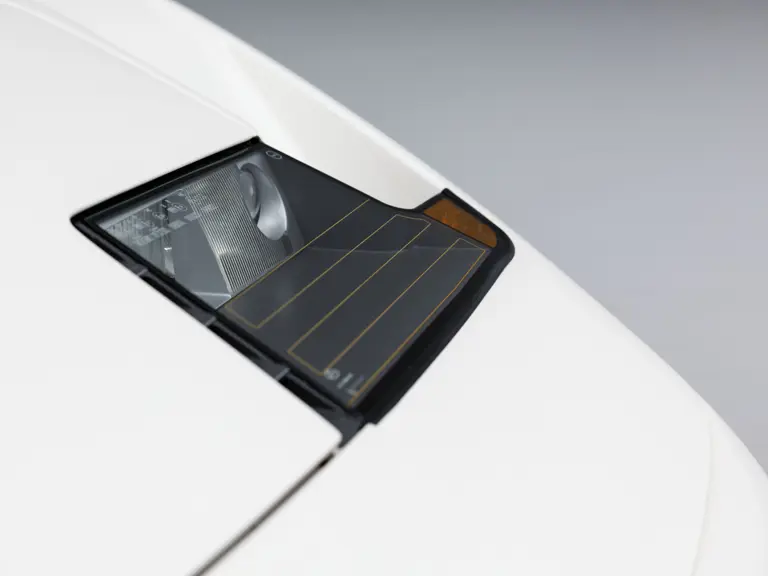




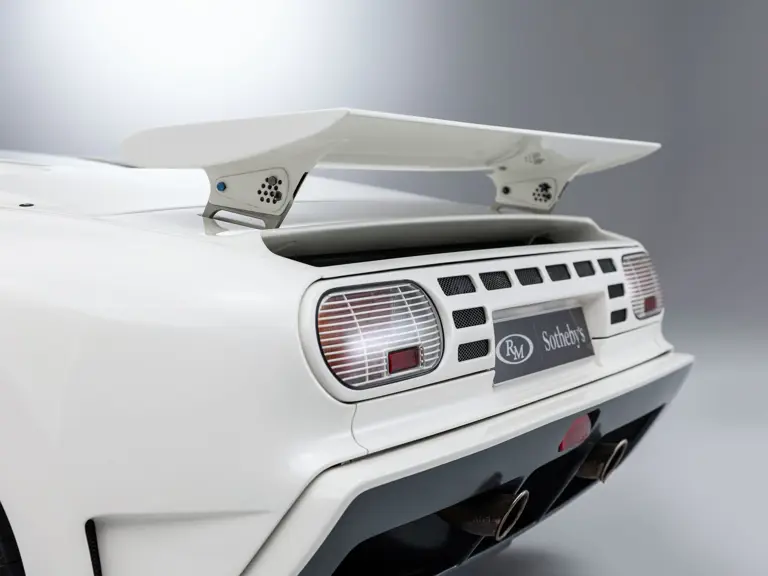
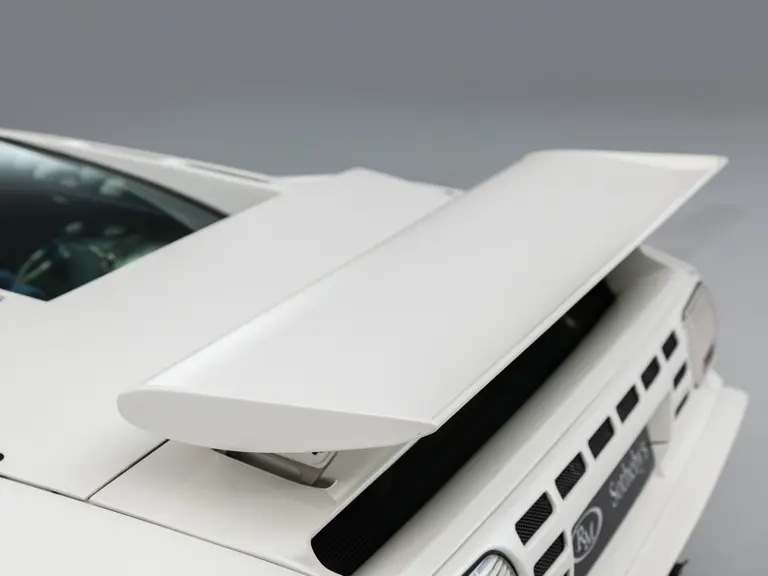
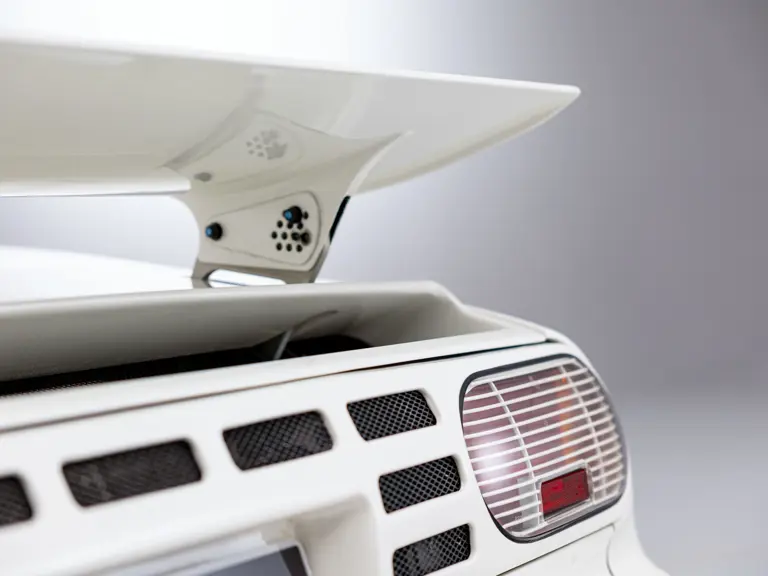

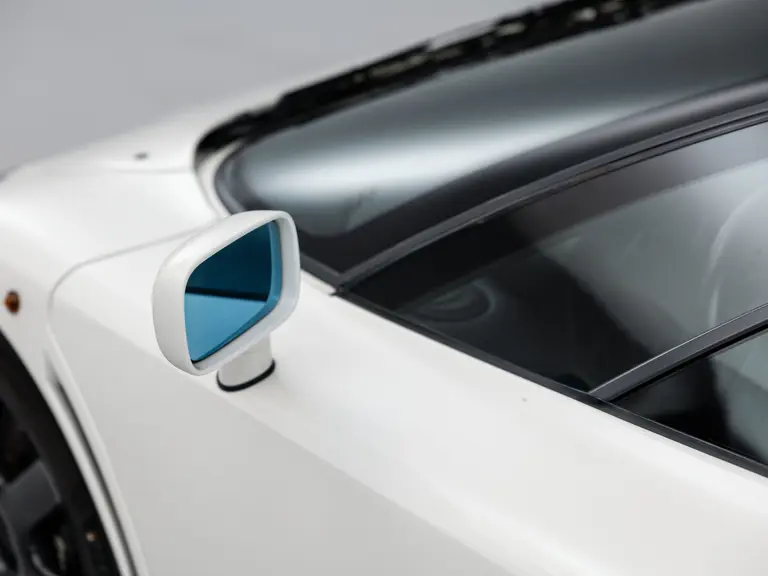

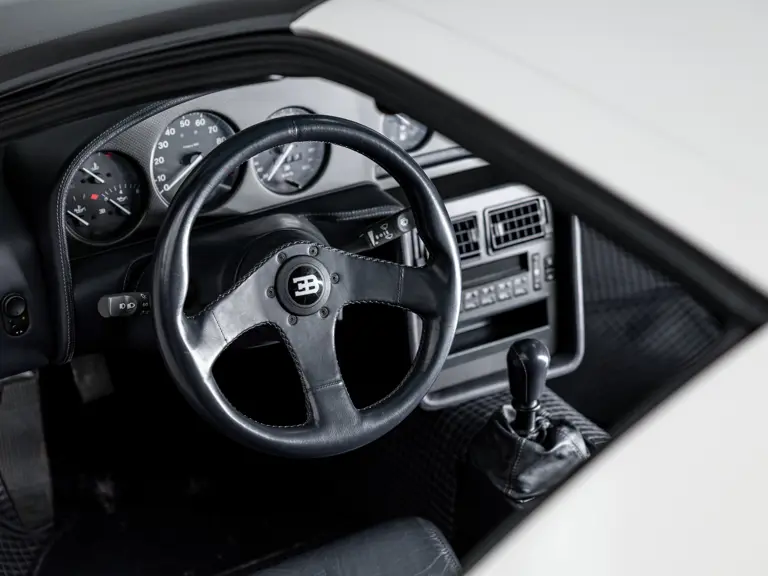
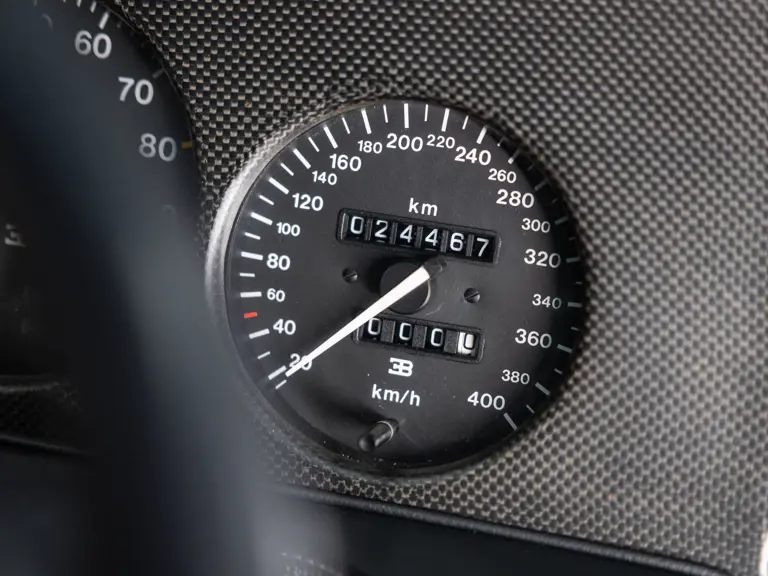
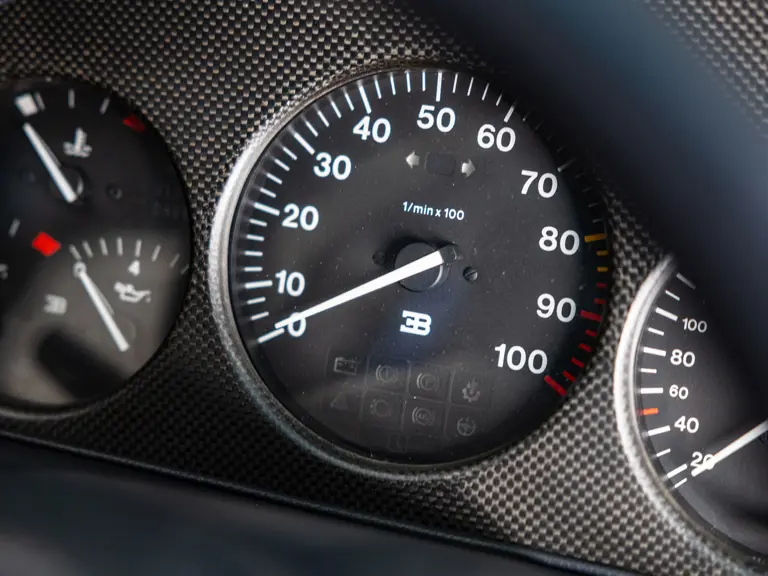
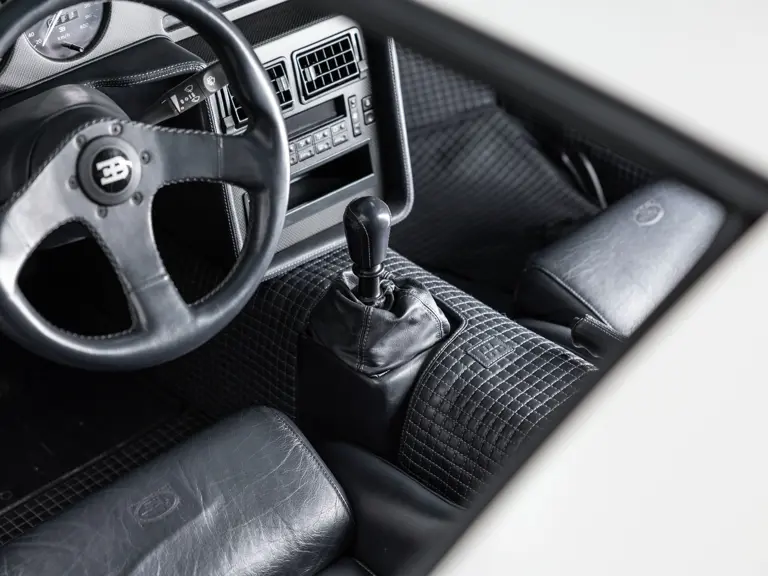
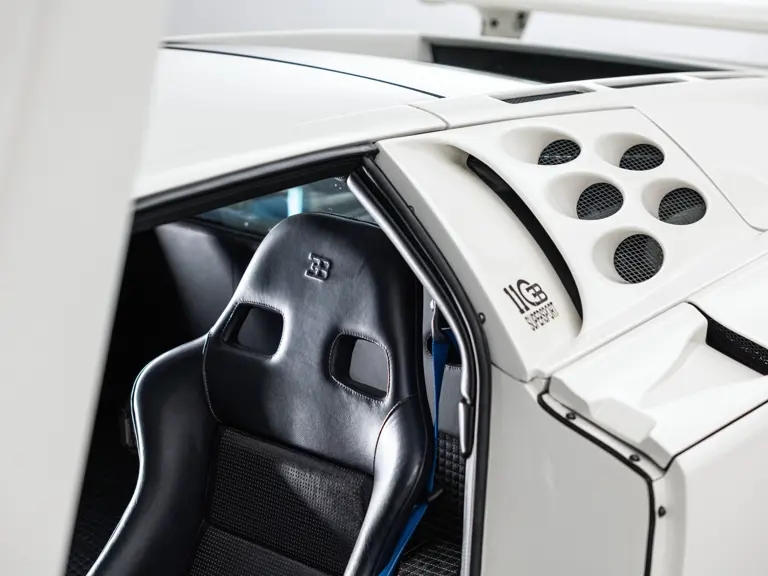
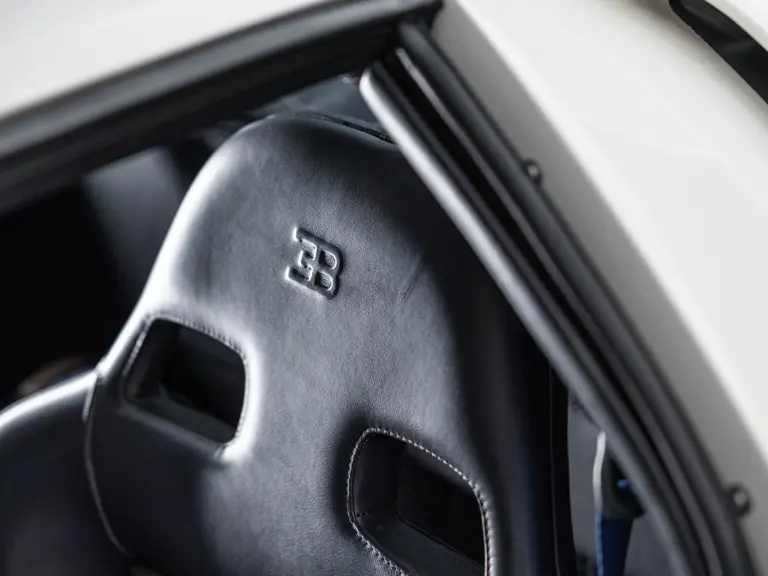

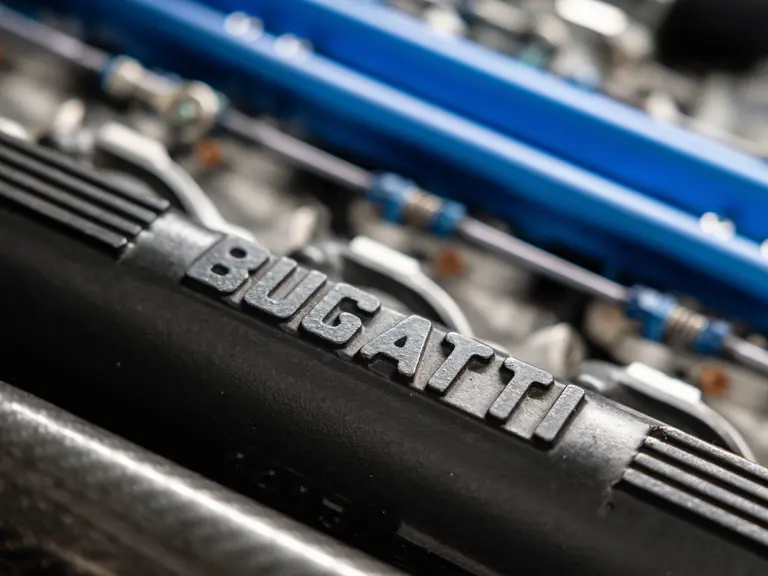
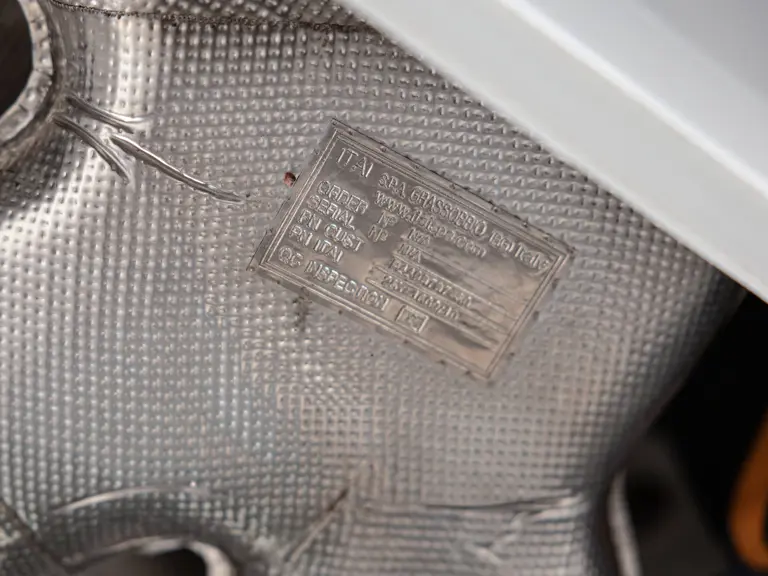
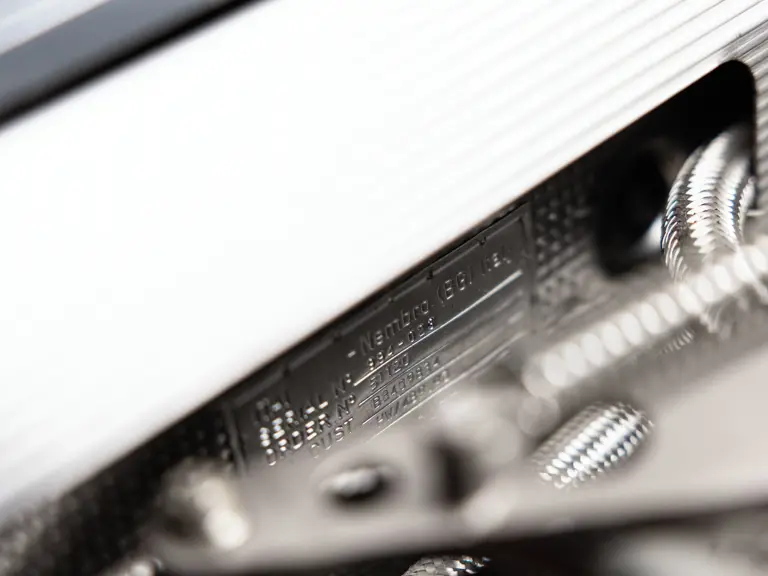
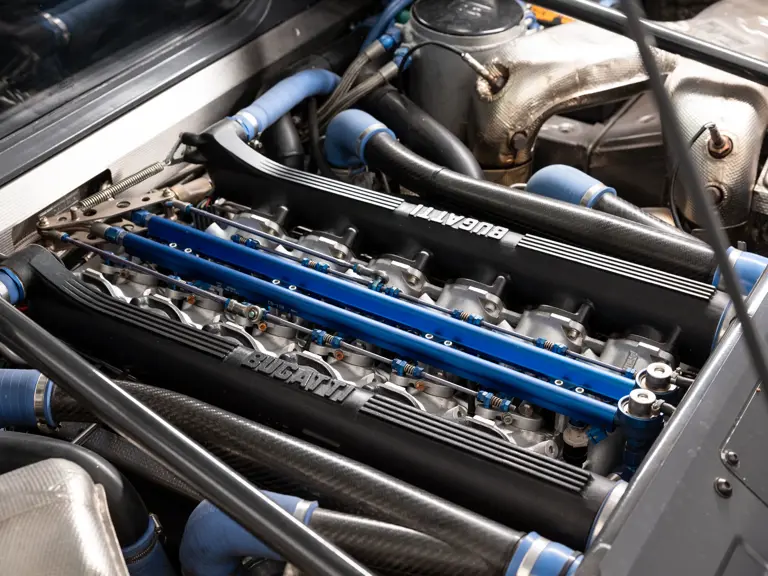
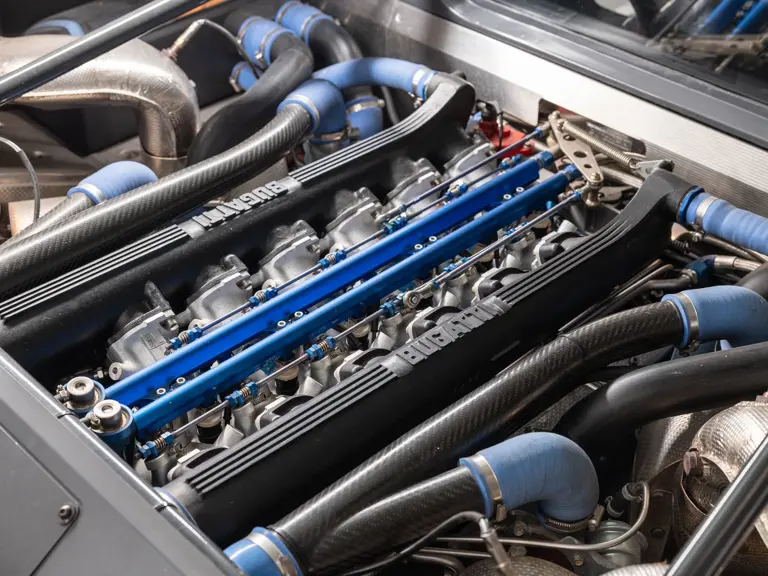
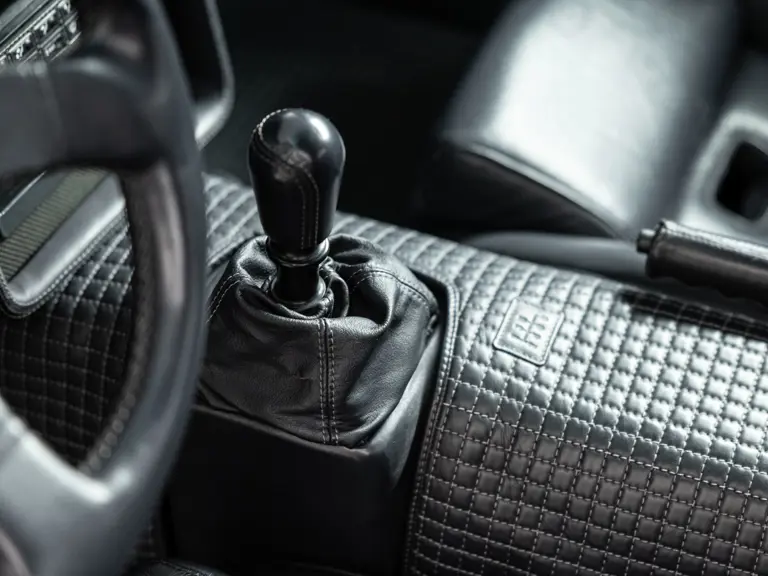
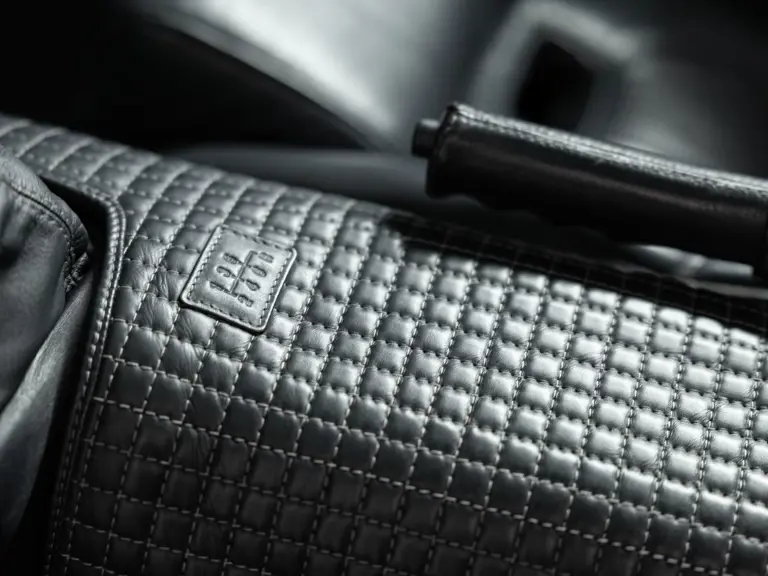

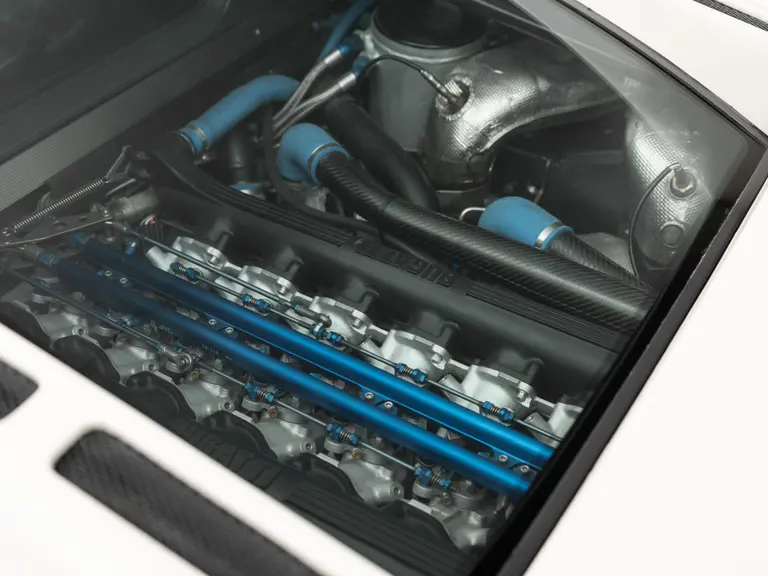
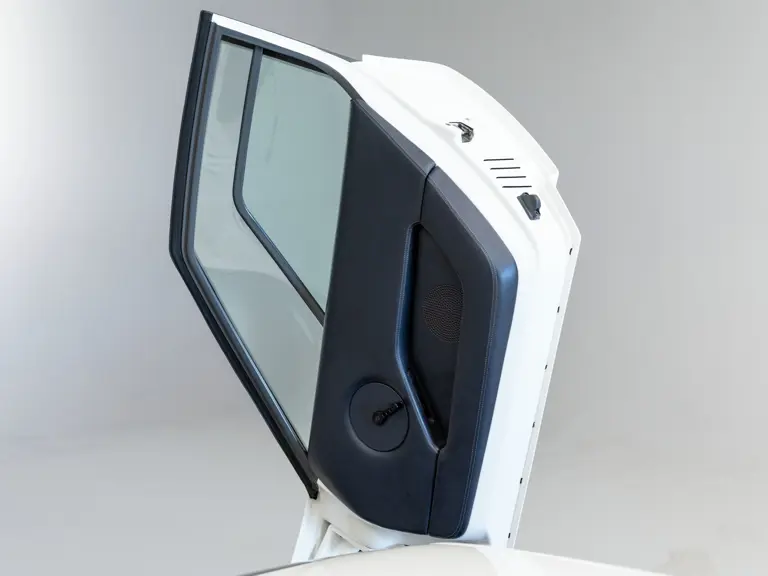
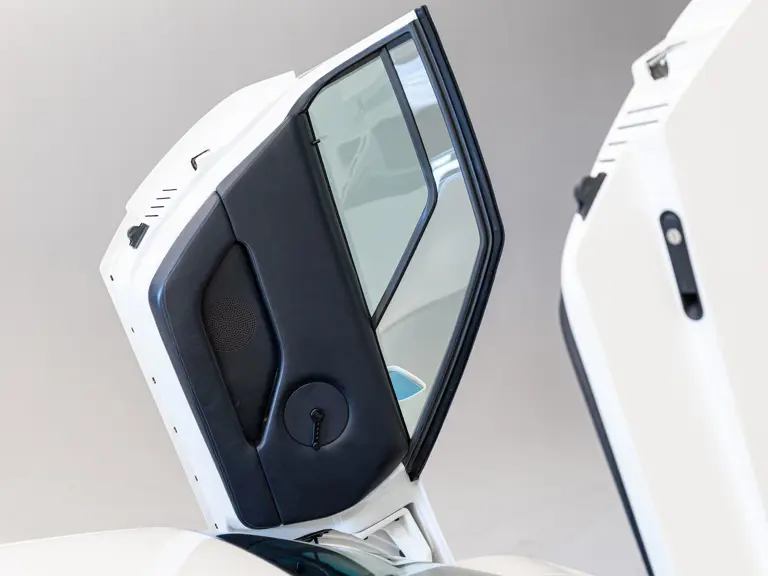
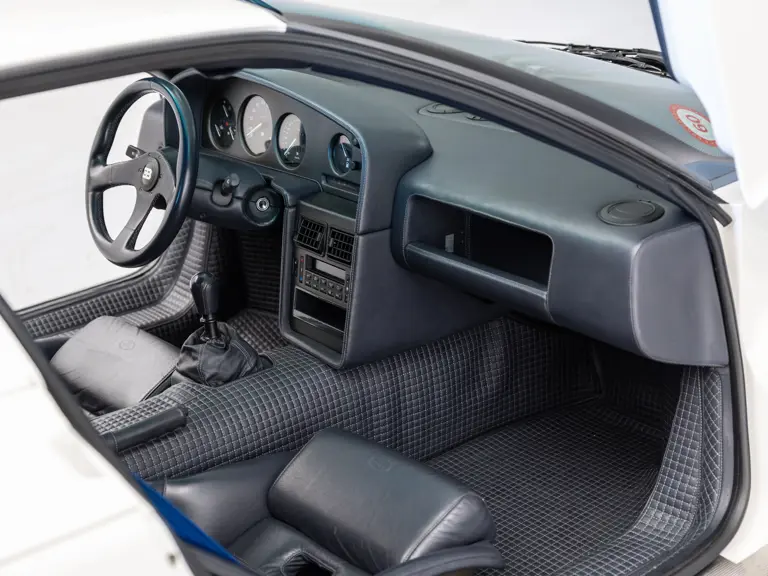
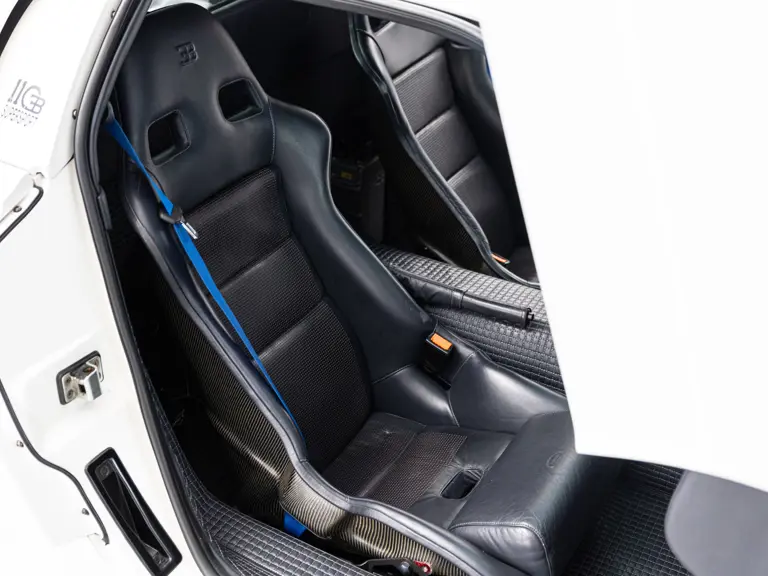
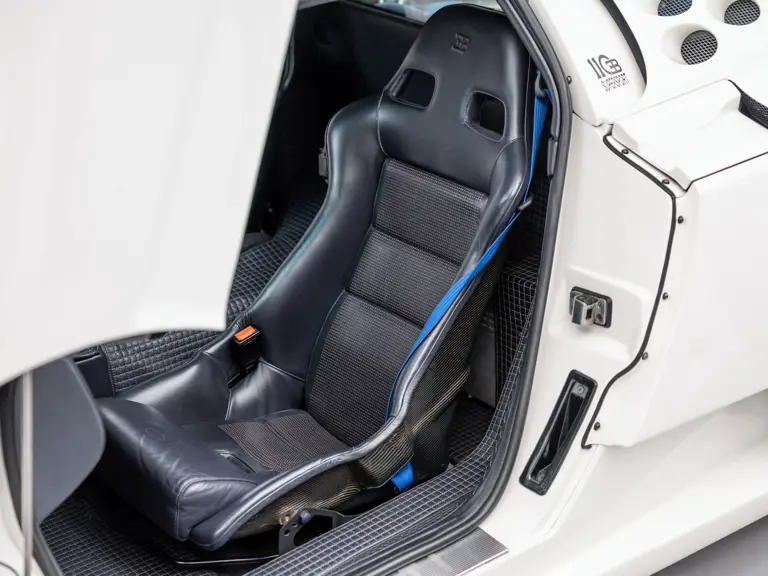
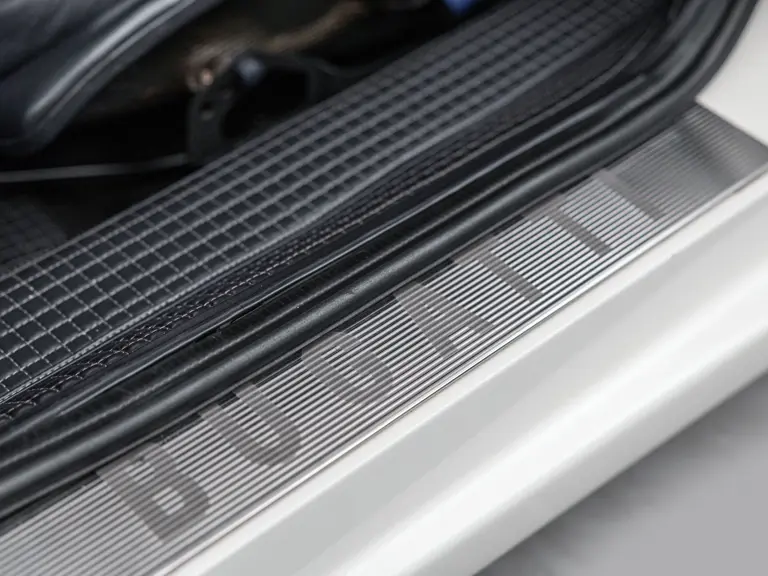
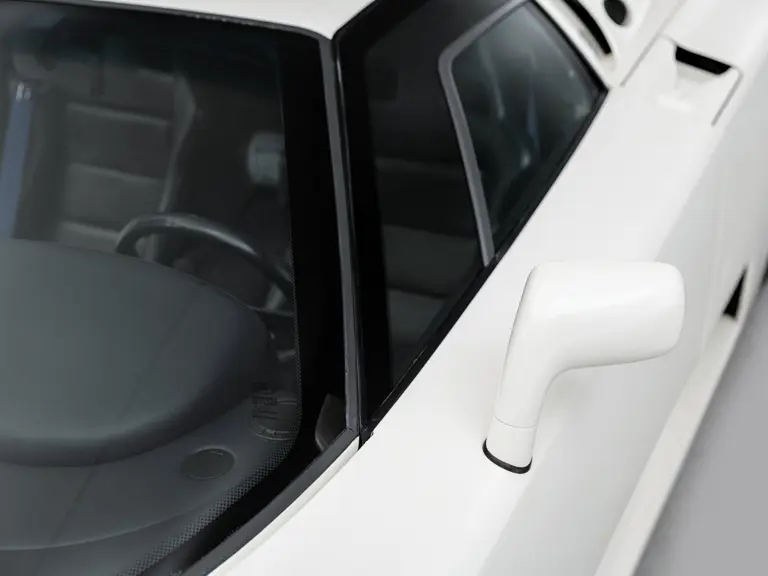
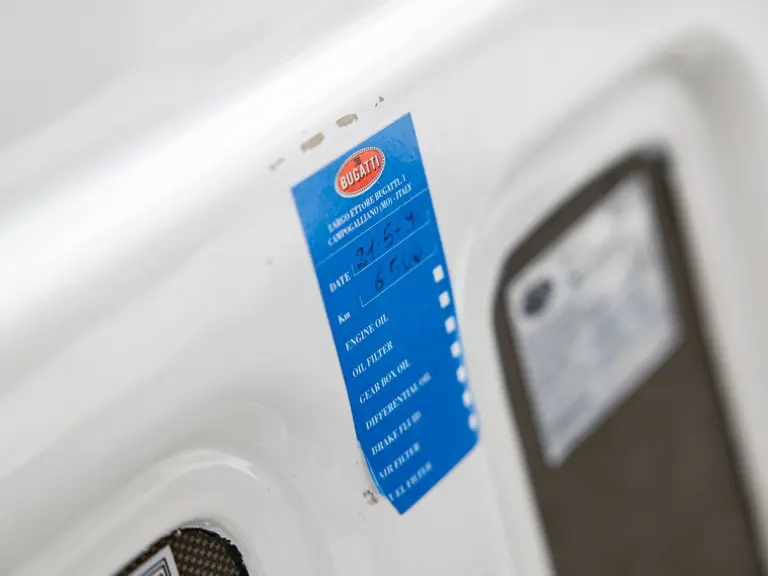


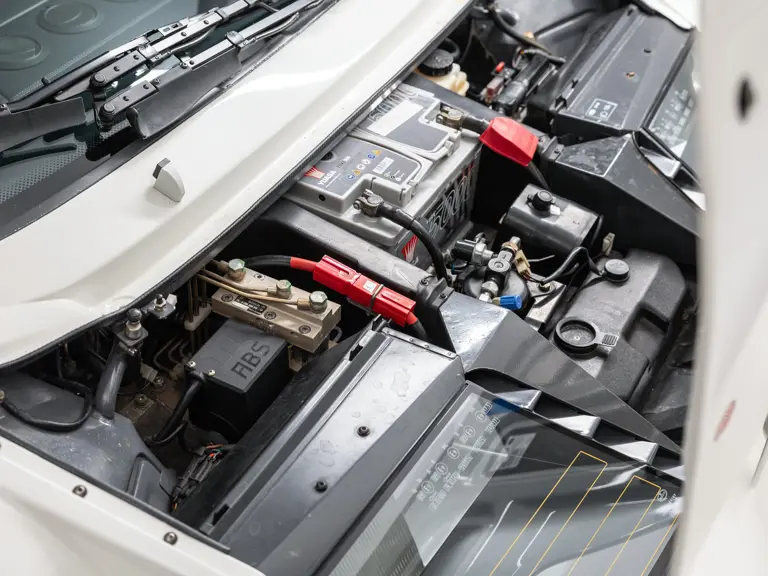
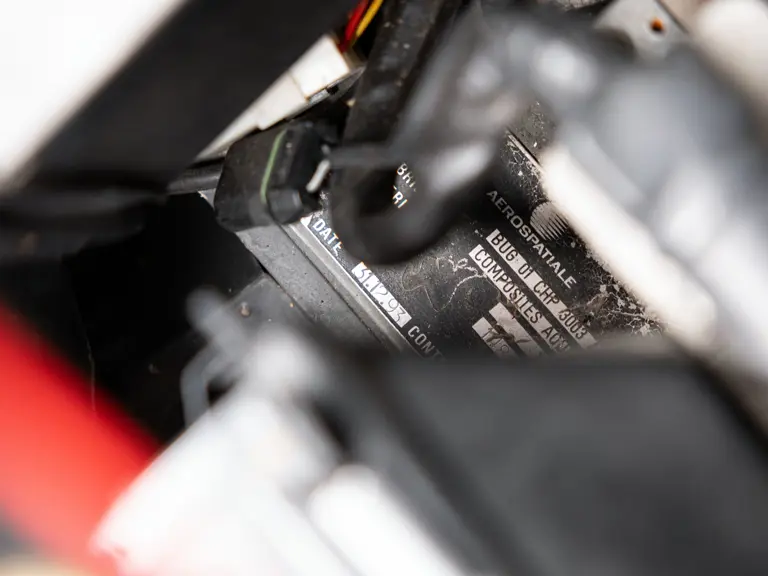
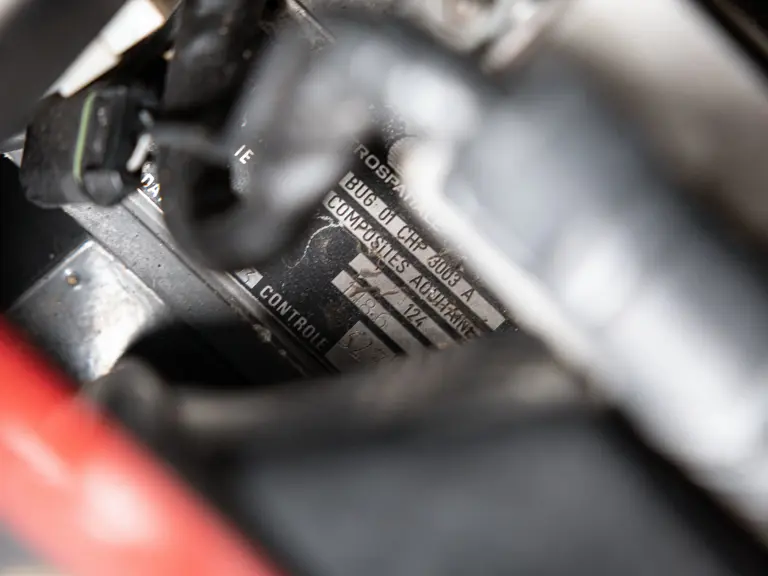
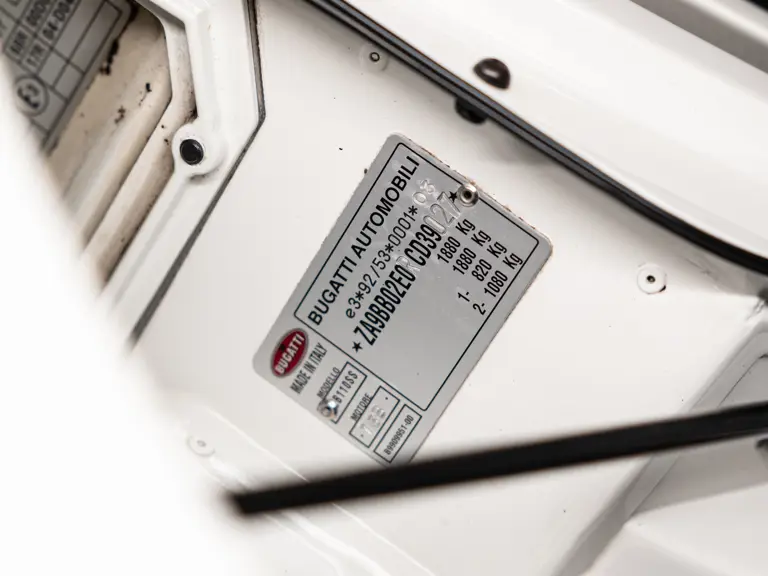
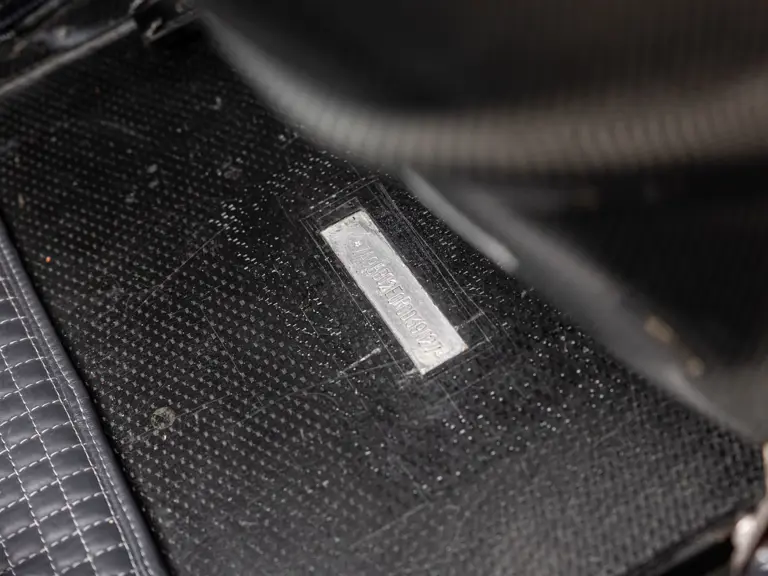
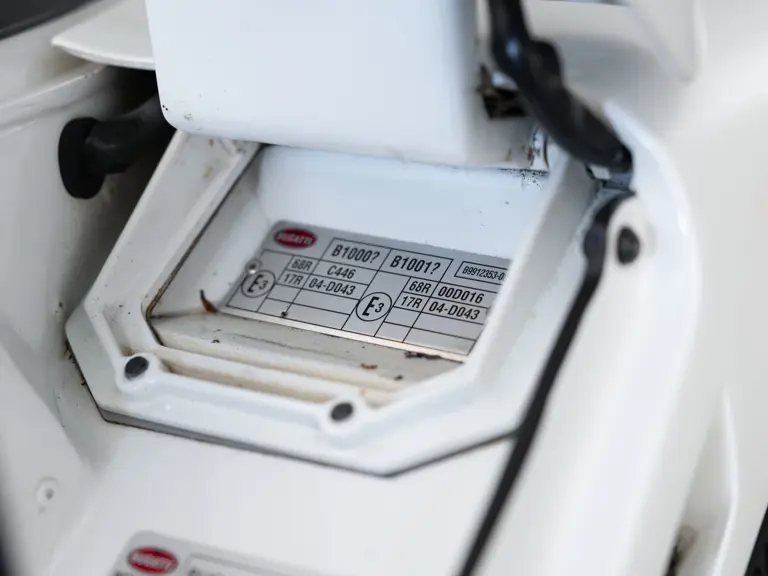

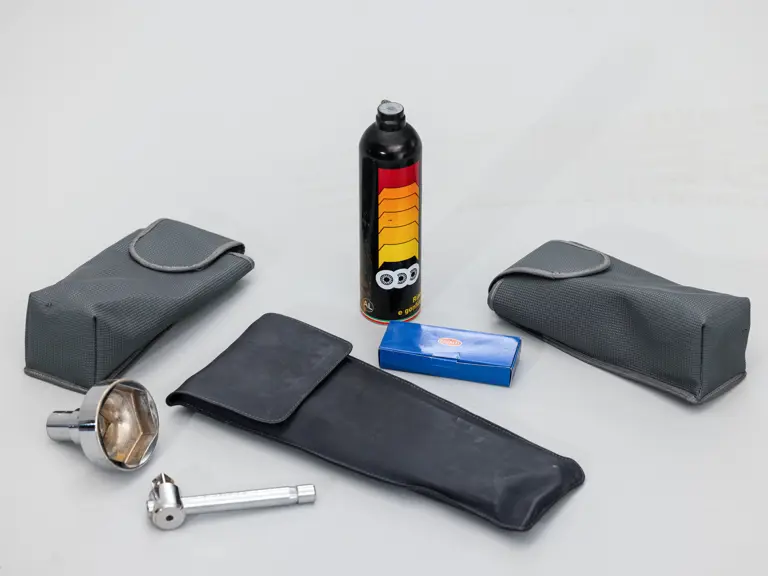
 | Las Vegas, Nevada
| Las Vegas, Nevada
